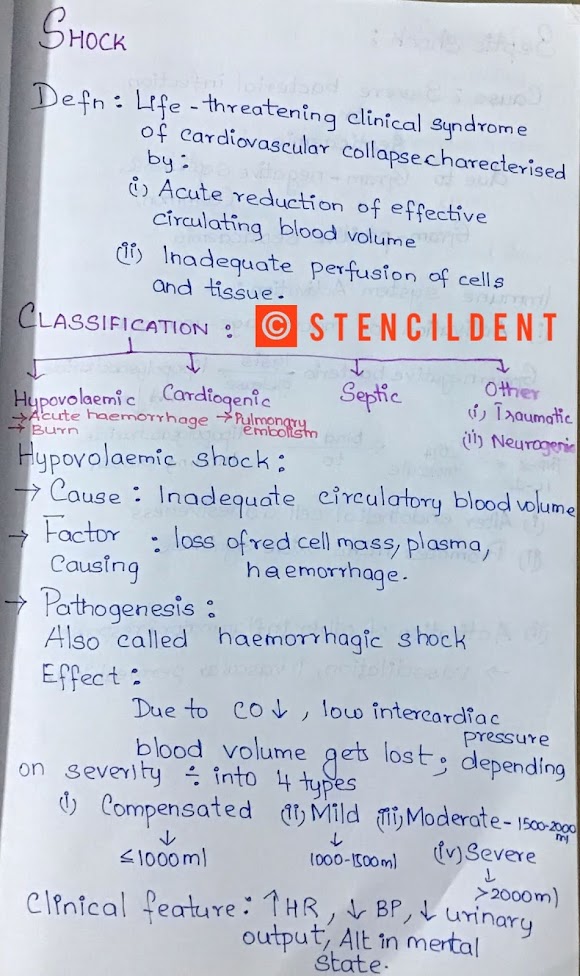Dystropic calcification :Pathogenesis,morpholgy ,histology

DYSTROPHIC CALCIFICATION Pathologic calcification is abnormal tissue deposition of calcium salts together with smaller amounts of iron ,magnesium and other mineral salts Its of two forms : Dystrophic Metastatic Dystrophic calcification : When deposition occurs locally in dying tissue It occurs despite normal serum level of calcium and in the absence of derangement in calcium metabolism Occur in : Area of necrosis Advanced atherosclerosis Damaged heart valve Dead parasite Cancer Students corner : To learn more about pathogenesis of atherosclerosis do click on this link to learn more. Pathogenesis: Final step if fomrtaion of crystalline calcium phosphate INITIATION: Membrane process calcium concentration bind to phospholipid present in membrane ,phosphatase generate phosphate group PROPAGATION: Cycle of calcium binding phosphate generating micro crystal propagate lead to more calcium deposition MORPHOLOGY : Calcium salts appear macroscopically f...








